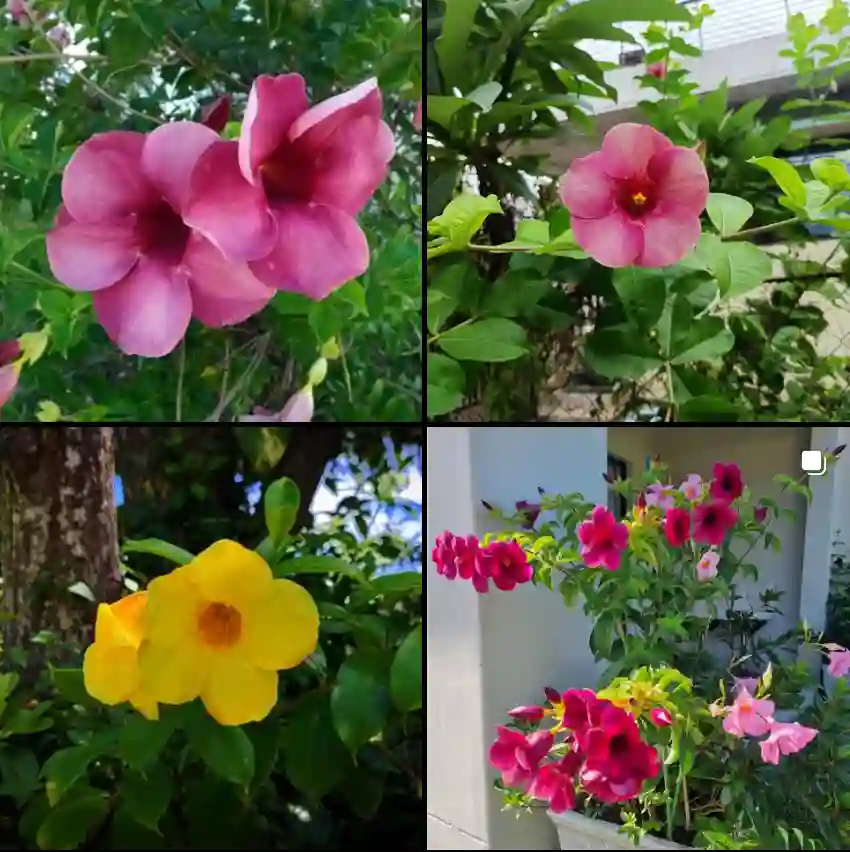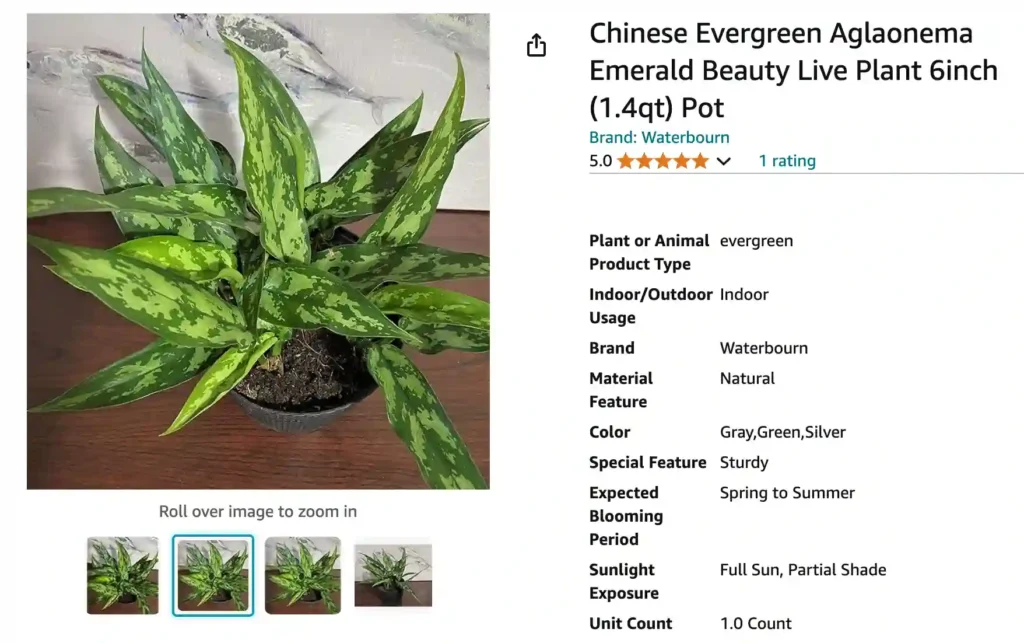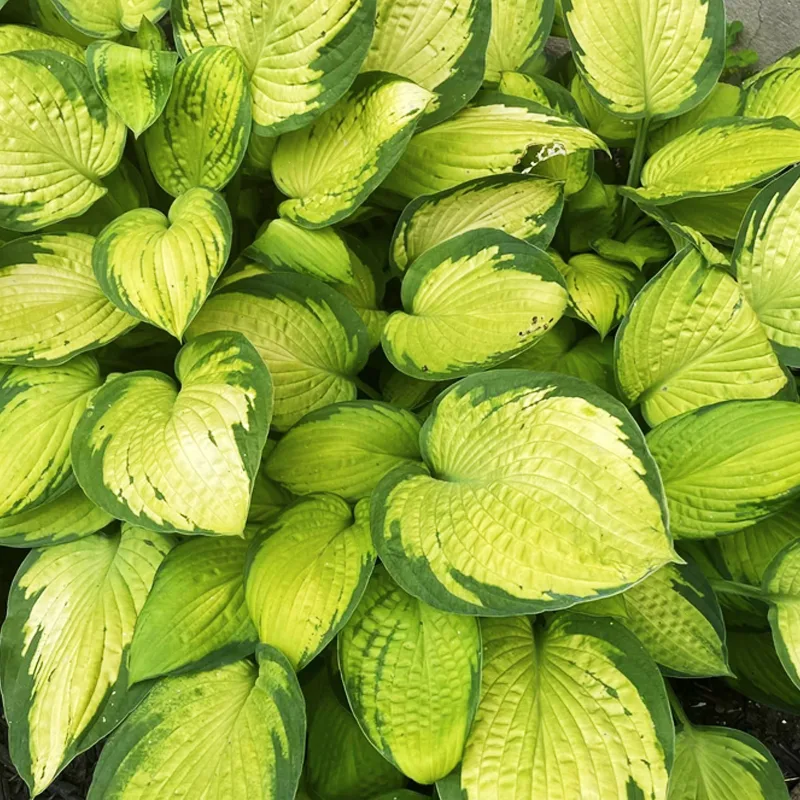Schismus: A Closer Look at an Unassuming Grass
I’ve always been fascinated by the diversity of the plant world. From towering redwoods to delicate orchids, the sheer variety of forms and adaptations never ceases to amaze me. Lately, I’ve become particularly interested in a rather unassuming genus of grasses called Schismus. While they may not have the showy blooms of a rose or the imposing stature of a sequoia, these grasses possess a quiet resilience and ecological significance that I find captivating.
What is Schismus?
Schismus is a genus of annual and perennial grasses belonging to the family Poaceae. The name “Schismus” is derived from the Greek word “schisma,” meaning “cleft” or “division,” which likely refers to the characteristically divided lemmas of the florets. These grasses are typically found in arid and semi-arid regions of Africa, Eurasia, and North America. They are often referred to as “Mediterranean grasses” due to their prevalence in the Mediterranean region.
Species within the Schismus Genus
The genus Schismus comprises several species, each with its own unique characteristics and distribution:
- Schismus arabicus: This species is widespread across North Africa, East Africa, and Asia, extending from Saudi Arabia to Xinjiang. It has also been introduced to parts of Australia, the United States, Mexico, Chile, and Argentina.
- Schismus barbatus: Perhaps the most well-known species, Schismus barbatus is native to the Mediterranean region and surrounding areas, ranging from the Canary Islands to Tibet. It has also been introduced to South Africa and parts of North America.
- Schismus inermis: This species is endemic to South Africa.
- Schismus scaberrimus: Another South African native, this species is characterized by its rough, scabrous leaves.
- Schismus schismoides: This species is found in South Africa and Namibia.
Adaptations to Arid Environments
Schismus species have evolved several adaptations that allow them to thrive in arid and semi-arid environments. Their small, inconspicuous flowers are wind-pollinated, reducing their reliance on pollinators that may be scarce in dry regions. Their leaves are often narrow and rolled, minimizing water loss through transpiration. Additionally, some species have a C4 photosynthetic pathway, which is more efficient in water and nutrient-poor conditions.
Ecological Importance
While often overlooked, Schismus grasses play a vital role in their ecosystems. They provide forage for livestock and wildlife, and their fibrous root systems help to stabilize soils and prevent erosion. In some areas, they are even used for revegetation efforts in degraded lands.
Schismus and Human Interaction
Schismus species have a long history of interaction with humans. In some regions, they are considered valuable pasture grasses, while in others, they are regarded as weeds. Schismus barbatus, in particular, has become naturalized in many parts of the world and is sometimes considered invasive due to its ability to outcompete native vegetation.
The Future of Schismus
As climate change continues to alter global weather patterns, it is likely that the distribution and ecological importance of Schismus species will also change. Understanding the biology and ecology of these grasses is crucial for predicting and managing their potential impacts in a changing world.
I believe that continued research on Schismus is essential for several reasons. First, it can help us to better understand the evolutionary adaptations of grasses to arid environments. Second, it can provide insights into the ecological roles of these grasses in their native and introduced ranges. Finally, it can help us to develop effective strategies for managing Schismus populations, particularly in areas where they are considered invasive.
In conclusion, Schismus may not be the most glamorous genus of plants, but it is undoubtedly a fascinating and ecologically important one. As I continue to learn more about these resilient grasses, I am increasingly impressed by their ability to thrive in challenging environments and contribute to the biodiversity of our planet.
If i die, water my plants!



